If you’re looking to raise brand awareness, generate leads, and increase revenue, one of the fastest and most cost effective ways to do so is through influencer marketing. Businesses around the globe have realized this and, over the last few years, influencer marketing has become a multi-billion dollar industry, growing more than 800% from $1.7 billion in 2016 to $13.8 billion in 2021. This year, that number is expected to hit $16.4 billion – which leads us to ask: Why has influencer marketing become such a booming industry? The answer: It’s all about trust and human connection.
Product recommendations from influencers are trusted by 61% of consumers, compared to branded posts which are only trusted by 38% of social media users. As a result, a whopping 82% of consumers have either purchased or researched a product after seeing an influencer post about it. With data like this, there’s no hiding the value of influencer marketing. If your brand can identify and collaborate with the right influencers, you’re going to increase website traffic and see a positive impact on your bottom line.
So, how do you accomplish that? In this guide, we will explain what a social media influencer is, how influencer marketing works, what you need to consider to find the right partner/s, and metrics to measure success. Let’s dive in!
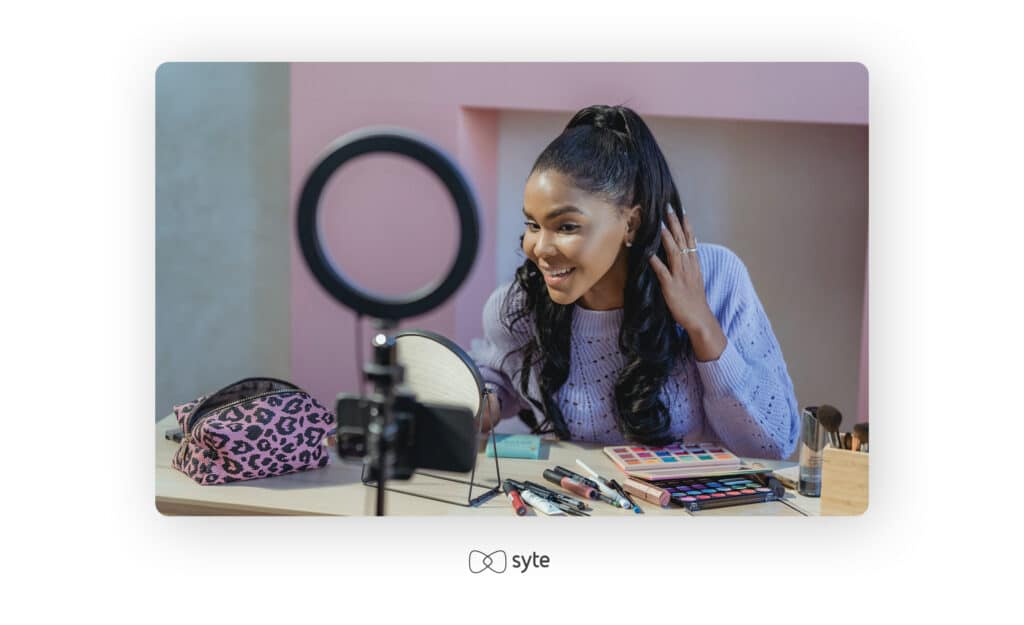
An influencer is a social media user with many followers in a specific niche or target audience. There are five types of influencers, named according to the number of followers they have in any given social media channel. Here’s the breakdown:
- 1000 – 5000 followers = nano influencer
- 5000 – 20,000 followers = micro influencer
- 20,000 – 100,000 followers = power influencer
- 100,000 – 1 million followers = mega influencer
- 1 million + followers = celebrity influencer
It’s important to note that as an influencer’s follower count increases, their engagement rate tends to decrease – and that is an important metric. Influencers with higher engagement rates generally have more sway over which products their followers will try or buy.
How Does Influencer Marketing Work?
Influencer marketing is a partnership between brands and social media influencers, where the influencer creates campaigns that promote specific products or services on their social media platform/s. In exchange for these promotions, influencers can receive free merchandise, exclusive offers, or a percentage of the sales that come in from their work.
Influencer campaigns can range from a one-off post on a single channel (e.g. Instagram) or a series of posts across a number of different channels (e.g. Instagram, TikTok, Facebook, Twitter, and YouTube). A campaign could simply show an image of the influencer using or wearing your product, or it could include a number of different types of posts (e.g. images, blogs, videos) detailing their experiences with different items in your product catalogue.
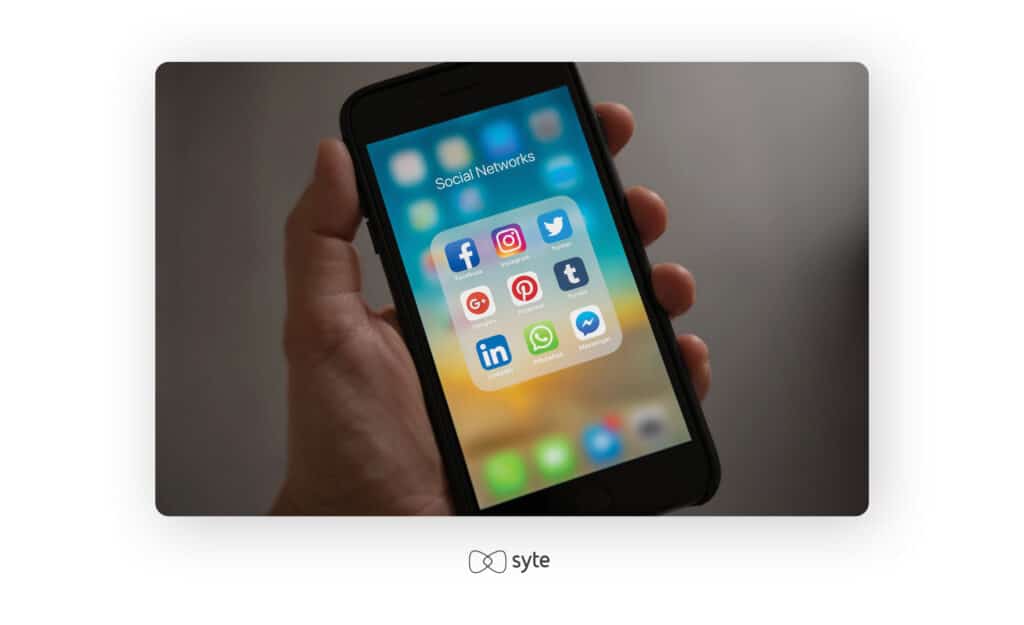
The goal with any influencer campaign is to put your brand in front of the influencer’s audience in a way that builds trust and credibility with those viewers. Working with real people who have real followers helps your brand create social proof that your products are quality items worth bringing home.
What Should eCommerce Retailers Look For in a Brand Influencer?
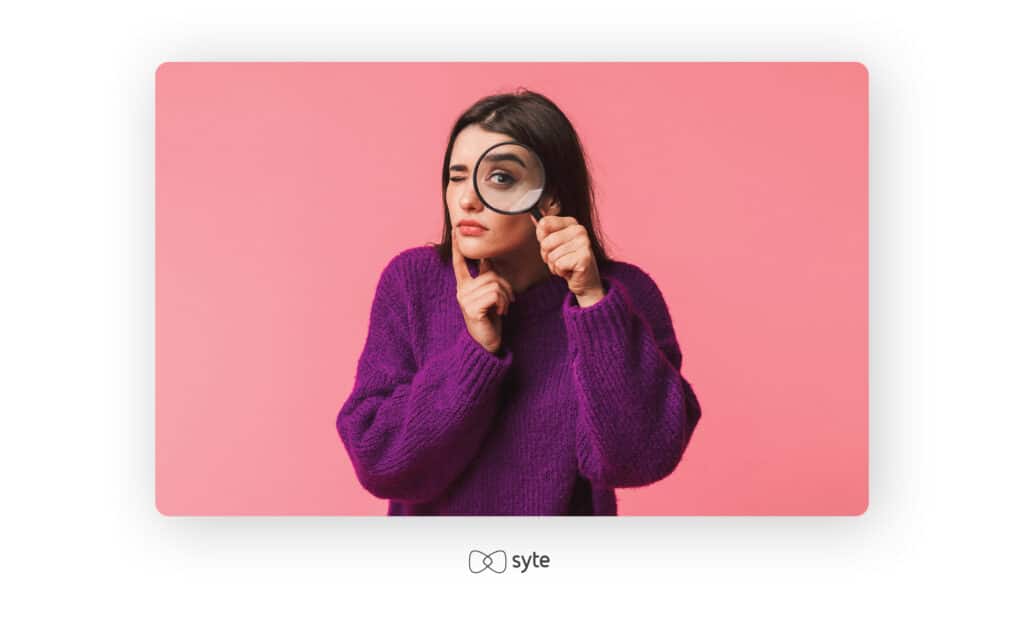
For influencer marketing to work, you need to find a person with the right criteria to support your brand. Here are eight important factors to consider:
- Audience – Are their followers the right audience for your brand (aka – interested in a niche that’s relevant to your business)?
- Reach – Do they have enough followers to make a partnership worth your while?
- Activity – Do they create and post new, quality content frequently?
- Engagement – Do they regularly engage with followers? Are they responsive when followers comment or ask questions?
- Likable – Are they pleasant? How do they react to negative feedback? Are they respectful or sassy?
- Matching values – Are they aligned with your brand values and sustainability strategy?
- Passionate – Do they stay up to date with the latest industry trends? Are they authentically passionate about your brand and products?
- Reliable – Are they going to complete campaigns and requests in a timely manner?
Metrics To Measure Influencer Success
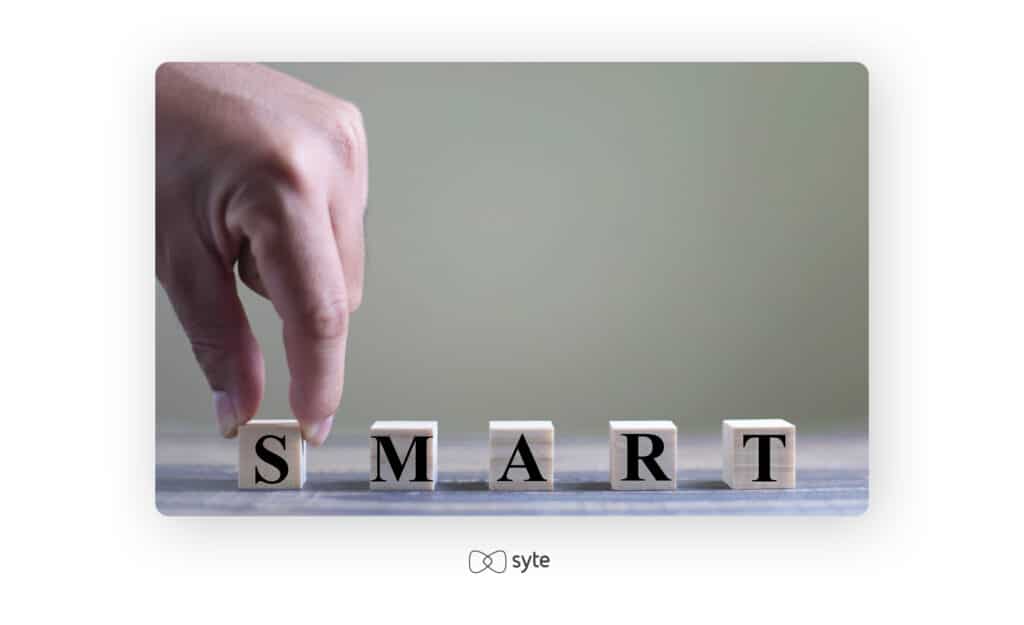
Once you’ve found the right influencer to become an ambassador for your brand, use the SMART technique for goal-setting. SMART stands for Specific, Measurable, Achievable, Realistic, and Timely. This method will give both parties – your company and your influencer – a clear understanding of the expectations and measurements for success. Some measurable KPIs to consider include:
- Increase in brand followers
- Number of impressions or views
- Click through rate from trackable links
- Number of likes, comments, or social shares
- New blog or newsletter subscribers
- Increase in downloads of your brand’s app
- Increase in user-generated content (UGC)
- Conversion rate
- Revenue generated
By setting SMART goals that are both challenging and realistic, your brand can build solid relationships with the right influencers and connect the dots between their campaigns and your overall marketing ROI.
If your brand puts in the time to find and manage the right influencers, you should also consider adding a way to make their content into shoppable opportunities directly from your website. For example, you can create a landing page or banner with “Looks From Our Instagram” where you share images that your brand ambassadors have created for their influencer marketing campaigns.
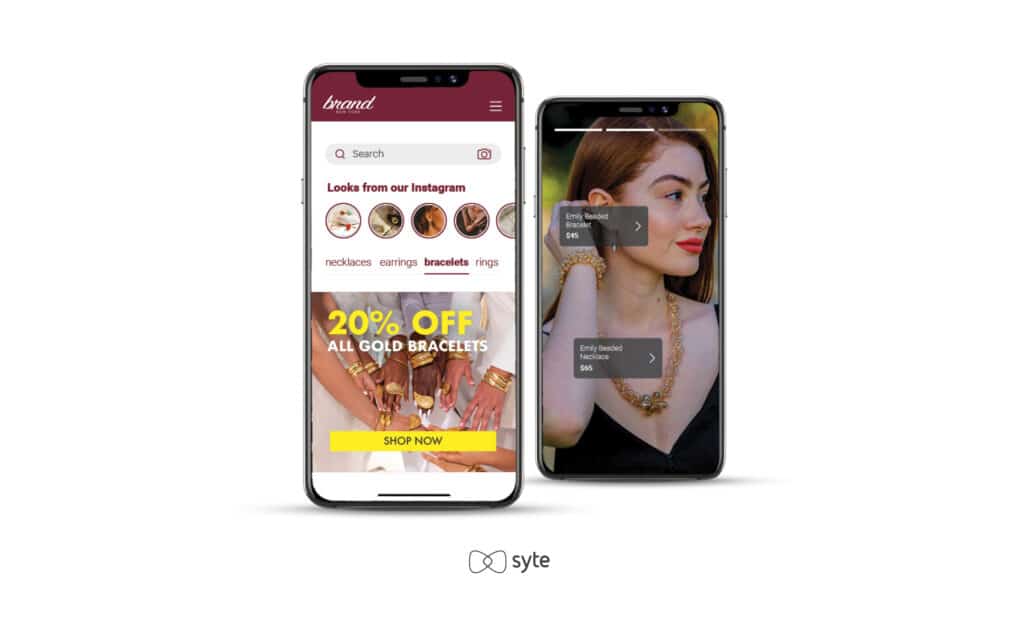
With Syte’s Shop Social technology, you can promote specific content from influencers, giving mobile browsers an engaging user experience. Each item from your catalogue will be automatically identified, with the name and price overlaid on top of the image. Shoppers can simply tap or click on this information to shop directly from the image, resulting in increased ROI from your influencer marketing spend. Additionally, Syte technology automatically syncs the social feed to your product catalogue in order to ensure that out of stock items are not displayed.
The Right Partnership Can Build Up Your Brand and Your Bottom Line
Influencer marketing is no longer a new concept or a fad. It’s a valid and effective way to get your products in front of new customers and to build loyalty with existing customers. When you find the right influencers to partner with and the right strategy for measuring success, you will see results that can be game changing.